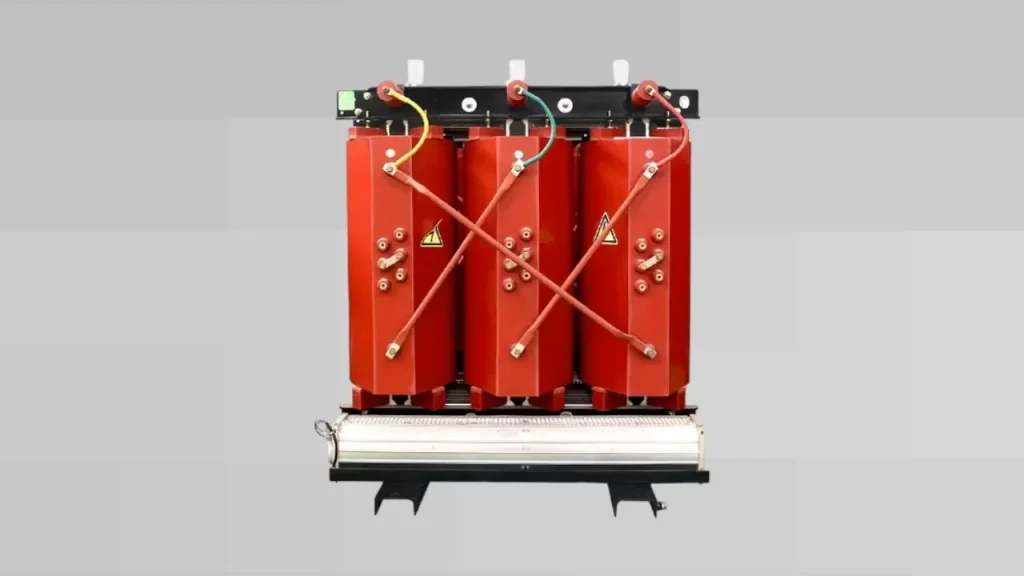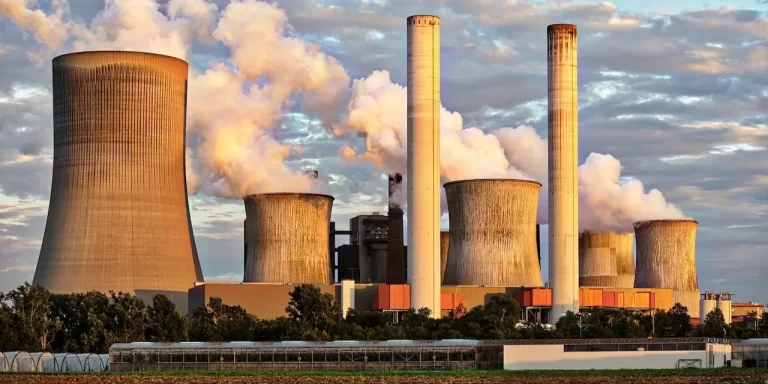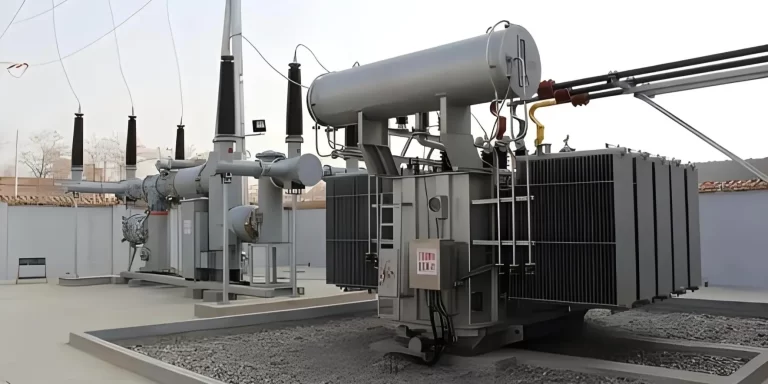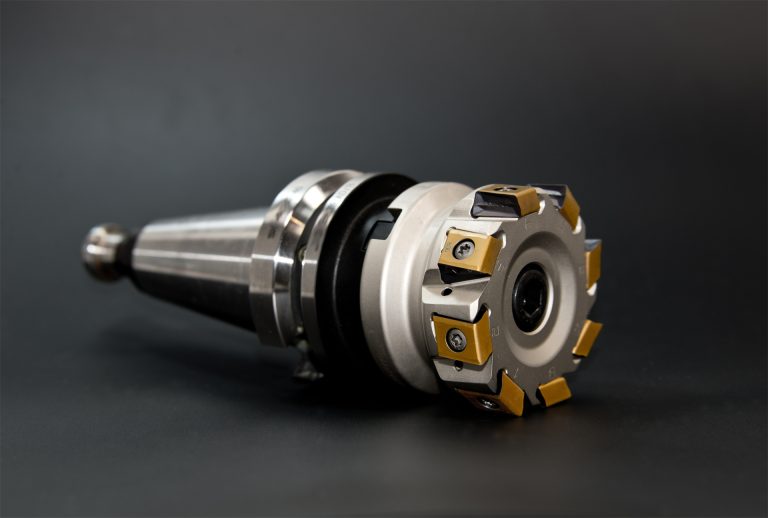A dry transformer is a type of electrical transformer that operates without the use of liquid as a cooling medium. Unlike oil-immersed transformers, which use oil for insulation and cooling, dry transformers use air or other gases as the cooling medium. The primary function of a dry transformer is to transfer electrical energy efficiently from one circuit to another through electromagnetic induction.

Here are some key functions and features of dry transformers:
1. Electromagnetic Induction: Like all transformers, the primary function of a dry transformer is to transfer electrical energy from one winding (usually the primary winding) to another winding (usually the secondary winding) through electromagnetic induction.
2. Voltage Transformation: Transformers are commonly used to step up or step down voltage levels as needed for various applications. Dry transformers efficiently provide this voltage transformation.
3. Isolation: Transformers provide electrical isolation between the primary and secondary windings. This isolation helps in preventing the direct transmission of electrical disturbances, ensuring safety, and allowing different voltage systems to be interconnected.
4. Cooling: Dry transformers use air or other gases for cooling. Ventilation and convection are the primary cooling mechanisms. This eliminates the need for liquid coolant such as oil, making them suitable for applications where oil-filled transformers might pose safety or environmental concerns.
5. Environmentally Friendly: The absence of liquid coolant in dry transformers makes them more environmentally friendly, as there is no risk of oil spills or leaks. This can be particularly important in sensitive areas or indoor installations.
6. Reduced Maintenance: Dry transformers generally require less maintenance compared to oil-immersed transformers. The absence of oil means there is no need for oil testing, filtering, or periodic replacement.
7. Compact Design: Dry transformers can be designed in a more compact manner compared to oil-filled transformers, making them suitable for installations where space is limited.
8. Fire Safety: Dry transformers are considered safer in terms of fire hazard since they do not contain flammable liquids like oil. This is an important consideration in certain applications, such as buildings with strict fire safety requirements.
Dry transformers find applications in various industries, including commercial buildings, hospitals, data centers, and other environments where safety, space constraints, and environmental considerations are important factors.



